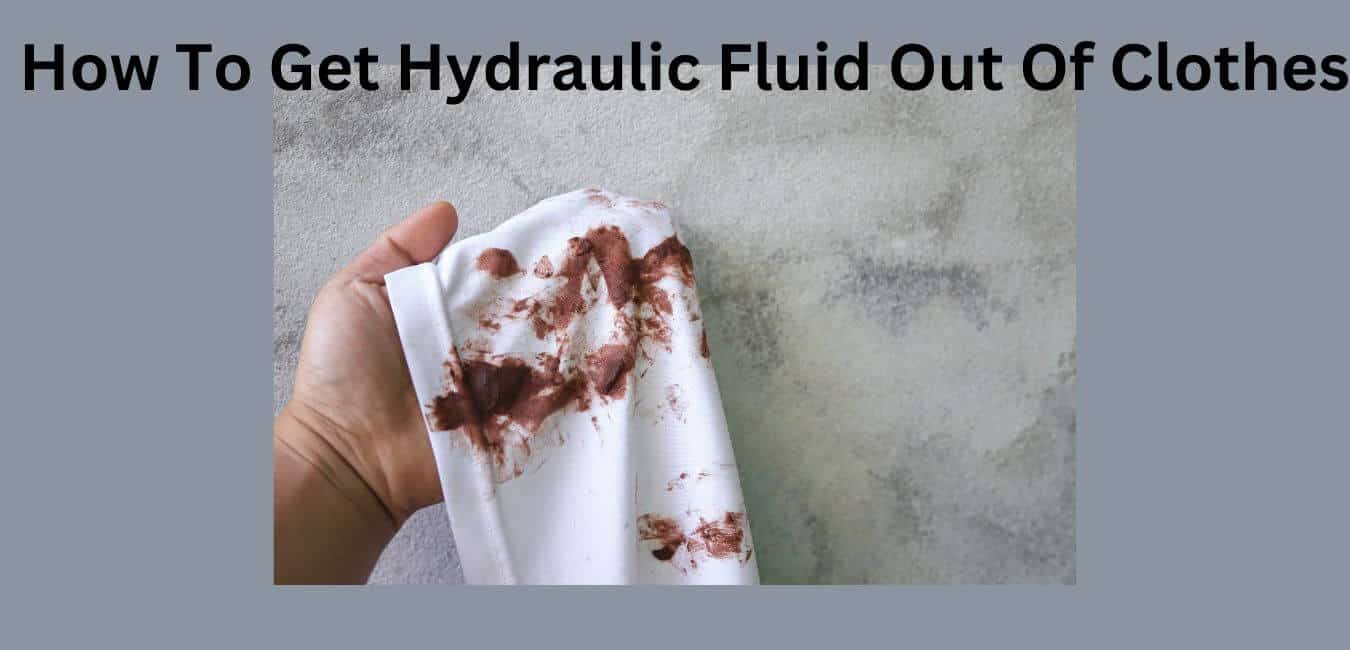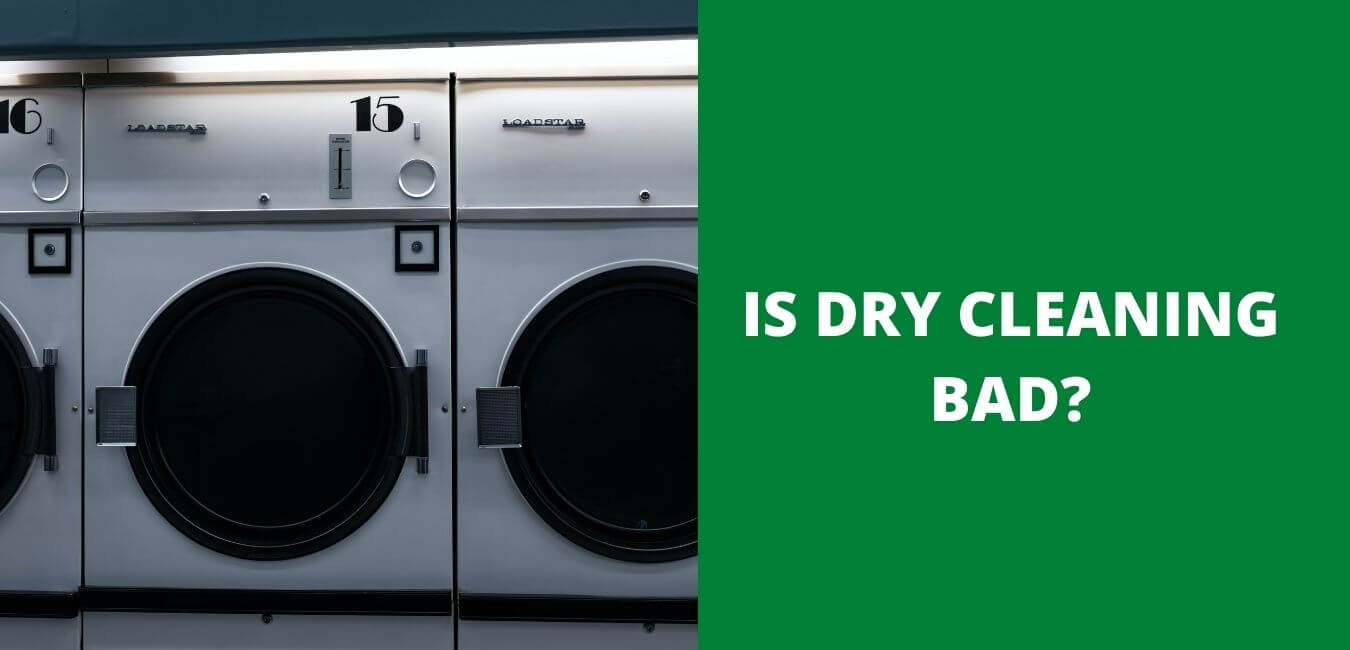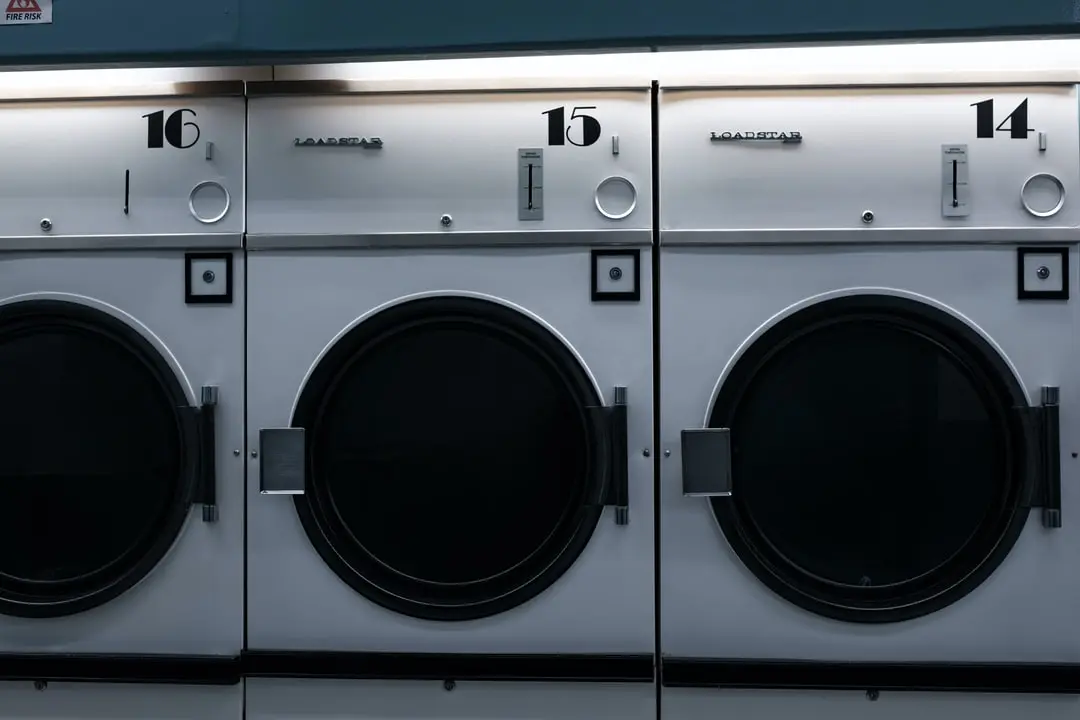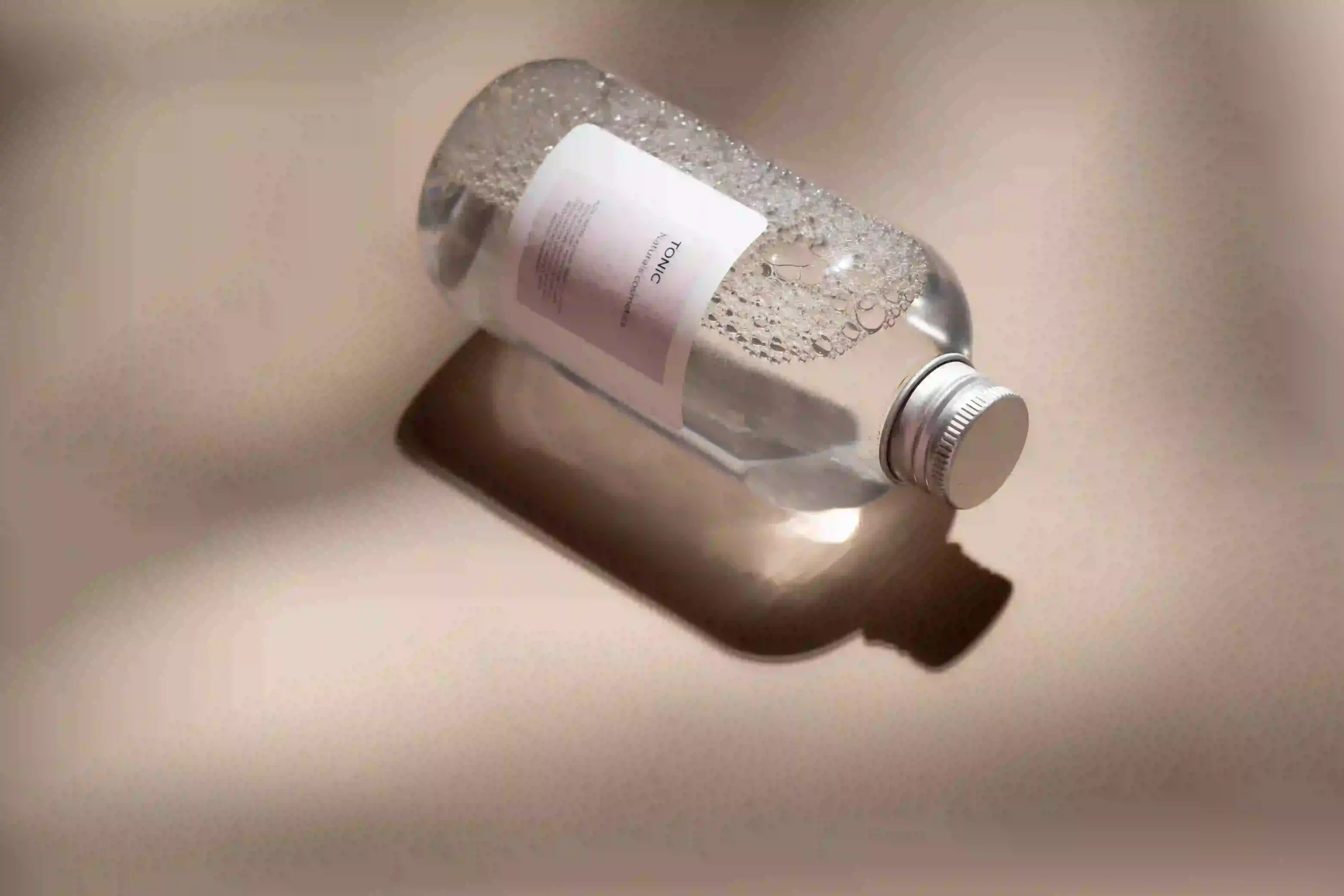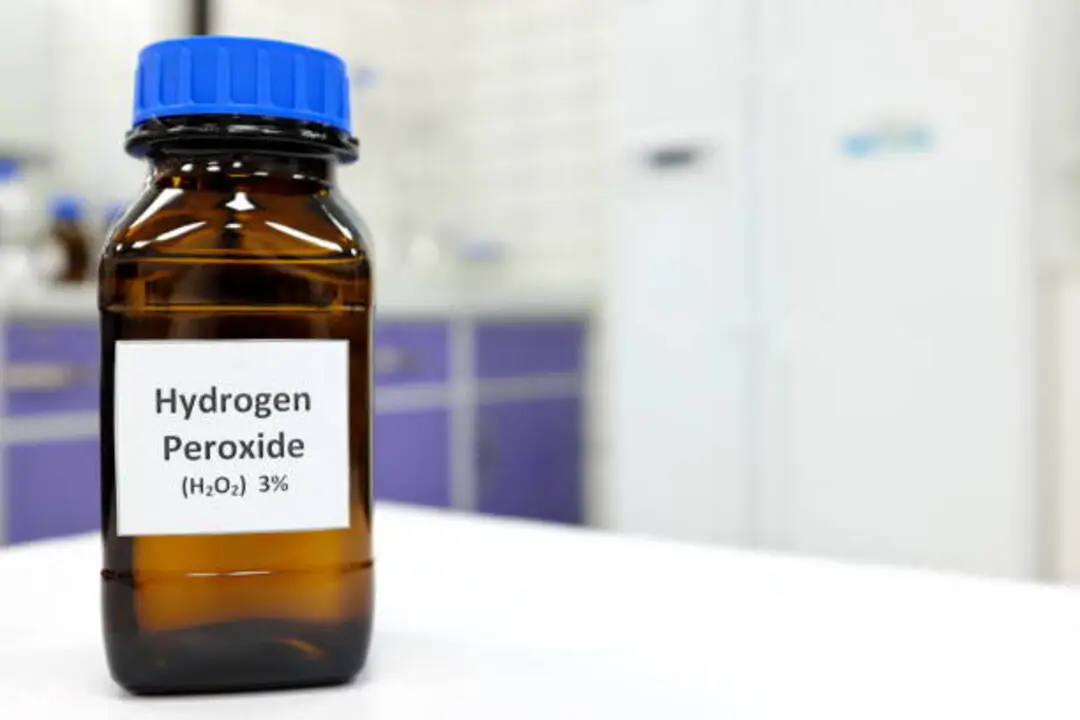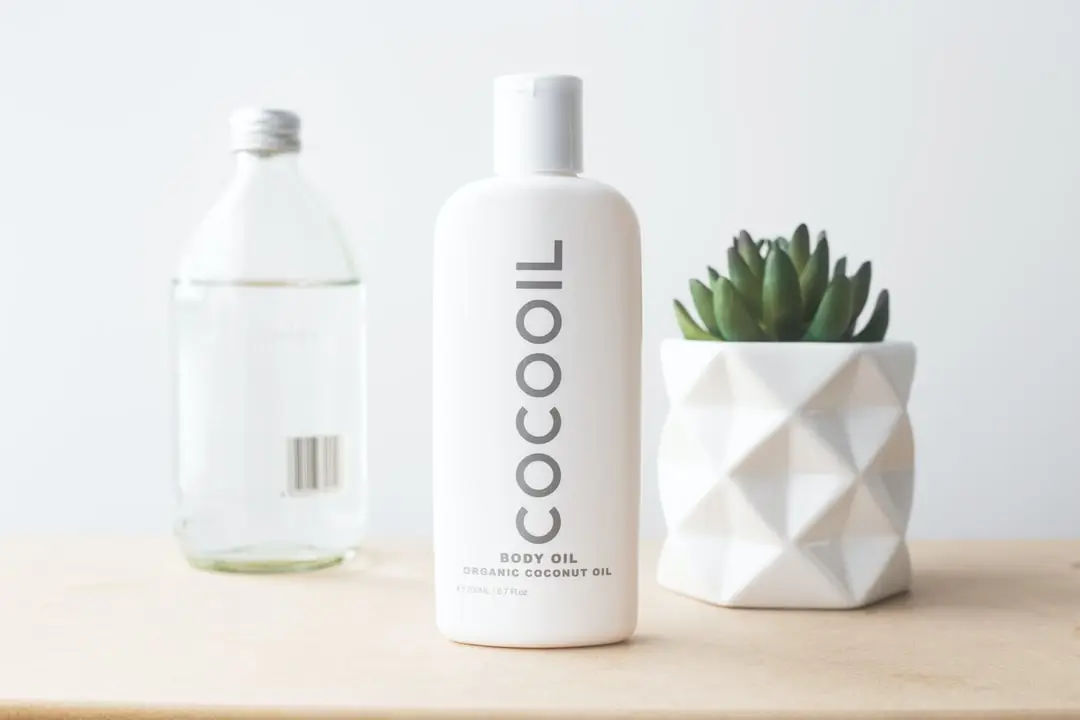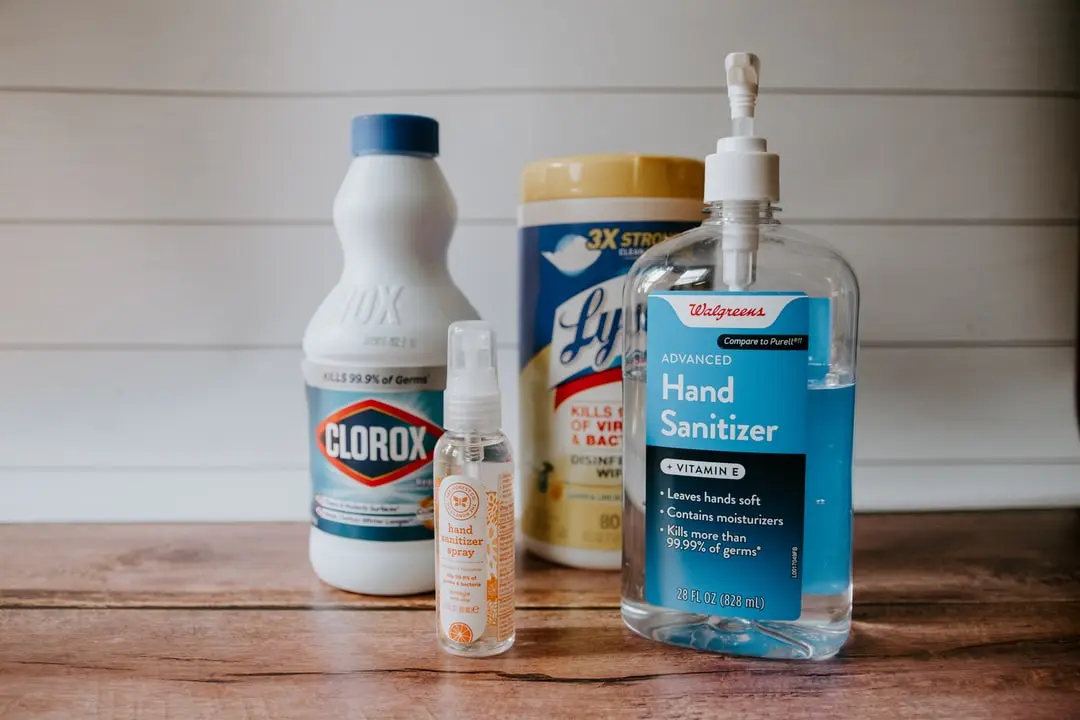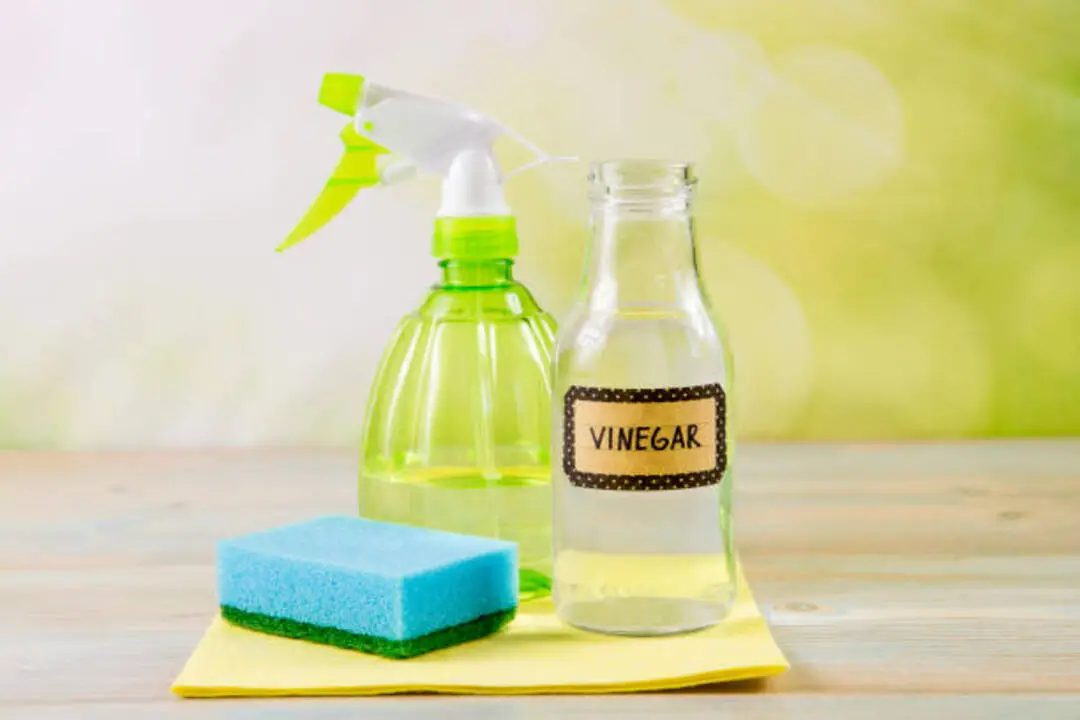If you work with machinery, hydraulic fluid stains on clothes might be a common problem for you. Such stains not only look bad but also resist traditional cleaning methods. This article is here to change that by providing easy and practical solutions to remove these stubborn oil marks.
So let’s say goodbye to those unwanted spots together!
Key Takeaways
- Hydraulic fluid stains on clothes should be treated promptly to prevent them from becoming permanent fixtures and causing lasting damage.
- Acting quickly by blotting away excess fluid, pre-treating with a powerful degreaser or liquid detergent, and following the care labels can enhance your chances of successfully removing hydraulic fluid stains.
- Different fabrics may require specific cleaning methods, such as using oxygen bleach for stubborn stains on various fabrics or applying cornstarch to absorb oil on wool. It’s essential to test any cleaning method on an inconspicuous area first and consult a professional cleaner if needed.
Factors to consider when removing hydraulic fluid from clothes

- Type of fabric: Different fabrics may require different cleaning methods. Consider the fabric type and follow specific instructions for removing oil stains from that particular material.
- Time: Act quickly when dealing with hydraulic fluid stains. The longer the stain sets, the more difficult it becomes to remove.
- Pre-treatment: Applying a pre-treatment stain remover before washing can help break down the oil and grease stains, making them easier to eliminate during the washing process.
- Temperature: Use warm or hot water when washing stained clothes. The heat helps to break down the oil and remove it from the fabric.
- Detergent: Choose a heavy-duty detergent specifically designed to remove tough stains, such as oil and grease. These detergents are more effective in eliminating hydraulic fluid stains.
- Technique: Follow proper cleaning techniques when treating hydraulic fluid stains. This may include blotting the stain rather than rubbing it, and using gentle motions to avoid spreading the stain further.
- Repeat cleaning if needed: If the stain is stubborn or still visible after initial cleaning attempts, repeat the cleaning process until the stain is completely gone.
Understanding Hydraulic Fluid Stains

Hydraulic fluid does stain clothing, and it is important to remove these stains promptly.
Does hydraulic fluid stain?
Hydraulic fluid, indeed, has a notorious reputation for leaving stubborn stains on clothing. As an oil-based substance often used in machinery and vehicles, it does not mix with water; hence its removal from clothes becomes challenging.
It can seep into the fibers of your fabric, creating unsightly spots that mar your garments. Given its dark color and high viscosity, hydraulic fluid easily binds to materials making the stains difficult to remove if not treated promptly and correctly.
This is what gives hydraulic fluid its staining prowess – any delay or wrong method can set these stains permanently on your clothes.
Why is it important to remove hydraulic fluid from clothes?
Hydraulic fluid stains need prompt attention, as they can become permanent fixtures on your garment if left untreated. This substance has the potential to seep deep into fabric fibers, causing lasting discoloration and damage.
Furthermore, the distinct and oftentimes unpleasant odor associated with hydraulic fluids makes it crucial to eradicate these substances from clothes swiftly. Not only does this maintain your clothing’s aesthetics, but also its overall hygiene.
Ensuring that no trace of oil lingers prevents possible skin irritation or allergic reactions due to prolonged contact with such industrial liquids. Therefore, addressing a hydraulic fluid stain immediately is critical for preserving both the look and feel of your outfits while safeguarding against potential health concerns.
Effective Methods to Remove Hydraulic Fluid Stains

To remove hydraulic fluid stains from clothes, it is important to take quick action and use powerful degreasers or a mixture of dish soap and warm water.
1. Quick action
Acting fast upon noticing a hydraulic fluid stain on your clothes can dramatically improve the chances of its complete removal. The longer the oil-based substance stays, the more it seeps into fabric fibers making it tougher to cleanse.
Start by blotting away any excess fluid with a clean cloth or paper towel being careful not to rub and spread the stain further. Once you’ve removed as much of the surface fluid as possible, pre-treat using a heavy-duty detergent or stain remover before washing in hot water which helps break down and dissolve stubborn grease stains from hydraulic fluids faster.
This swift action is critical when dealing with persistent stains like these.
2. Using a powerful degreaser
One effective method to remove hydraulic fluid stains from clothes is by using a powerful degreaser. These specialized cleaning agents are designed to break down and lift stubborn grease and oil stains, including hydraulic fluid.
When treating the stained area, apply a small amount of the degreaser directly onto the stain and gently rub it in using a clean cloth or sponge. Allow it to sit for a few minutes to penetrate the fabric fibers before laundering as usual.
The strong formula of the degreaser helps to dissolve the hydraulic fluid, making it easier to wash away during machine or hand washing. Remember to always follow the instructions on the product label and test it on an inconspicuous part of your clothing first to ensure compatibility with your fabric type.
3. Following care labels
To ensure the best results when removing hydraulic fluid stains from your clothes, it’s important to pay close attention to the care labels on your garments. These labels provide valuable information about how to handle and clean each specific fabric.
By following these instructions, you can prevent further damage or discoloration.
For example, if the care label recommends hand washing or using cold water for a particular garment, it’s crucial to adhere to those guidelines. Using hot water or machine washing delicate fabrics could potentially worsen the stain or cause shrinkage.
Similarly, some fabrics may require gentle detergents or special cleaning techniques.
4. Using oxygen bleach
One highly effective method for removing hydraulic fluid stains from clothes is to use oxygen bleach. Oxygen bleach works by breaking down the oil in the stain, making it easier to remove.
To use oxygen bleach, mix a solution of 1 part bleach with 9 parts water and let the stained clothing soak in it for about 30 minutes. After soaking, wash the clothes as usual with detergent.
For stubborn stains, you can also try scrubbing the stain gently with a mixture of oxygen bleach and water before soaking overnight. Oxygen bleach is a non-chlorine bleach that uses the power of oxygen to remove stains, and it’s highly rated for its effectiveness in removing hydraulic fluid stains from clothes.
5. Using liquid detergent
To remove hydraulic fluid stains from clothes, using liquid detergent can be highly effective. Liquid detergents contain powerful ingredients that break down and lift the hydraulic fluid stains from the fabric.
Start by pre-treating the stain with a small amount of liquid detergent directly on the affected area. Gently rub it in and let it sit for a few minutes to allow the detergent to penetrate the stain.
Then, wash your clothes in warm water with a heavy-duty liquid detergent. The warm water helps to loosen and dissolve the stain while the detergent works its magic on breaking down the hydraulic fluid stains.
6. Repeat cleaning if needed
If the hydraulic fluid stain on your clothes is stubborn and doesn’t come off completely after the initial cleaning, don’t worry. It’s not uncommon for hydraulic fluid stains to be challenging to remove.
In such cases, it’s important to repeat the cleaning process until the stain is completely gone. You can pretreat the stain again with a degreaser or liquid detergent before washing it as usual.
Remember that persistence pays off when it comes to removing tough stains like hydraulic fluid from your clothes. So, don’t give up and keep repeating the cleaning steps until you achieve success!
Removal Methods for Different Fabrics

To remove hydraulic fluid stains from different fabrics, there are specific methods you can follow.
1. Removing hydraulic fluid from jeans
To remove hydraulic fluid stains from jeans, start by blotting any excess fluid with a clean cloth or paper towel. Next, apply a pre-treatment stain remover directly to the stained area and let it sit for a few minutes.
Then, wash your jeans in hot water using a heavy-duty detergent. For stubborn stains, you can also try applying rubbing alcohol or vinegar directly to the stain before washing. Remember to follow the care instructions on your jeans and avoid using bleach unless specified as safe for the fabric.
Acting quickly is key when removing hydraulic fluid stains from jeans, as this will help prevent the stain from setting in deeper and making it harder to remove later on.
Dealing with hydraulic fluid in the washing machine
If you find hydraulic fluid stains on your clothes and need to clean them in a washing machine, there are a few steps you can take. First, make sure to pretreat the stained area with a pre-treatment stain remover or rubbing alcohol to break down the oil before washing.
Then, wash the garment separately using hot water and a heavy-duty detergent. You can also add vinegar during the rinse cycle to help loosen any remaining stains. Finally, air-dry the clothing and check for any lingering stains before repeating the cleaning process if necessary.
Remember, it’s crucial to remove hydraulic fluid from clothes properly as it is flammable and potentially hazardous if not handled correctly.
2. Removing hydraulic oil stains from various fabrics
Hydraulic oil stains can be stubborn and difficult to remove from different types of fabrics. Here are some effective methods to tackle hydraulic oil stains on various fabrics:
1. Cotton:
- Blot the stain with a clean cloth or paper towel to remove any excess oil.
- Mix equal parts liquid detergent and warm water.
- Apply the mixture onto the stain and gently rub it in.
- Let it sit for a few minutes, then rinse with warm water.
- Wash the fabric as usual, using a heavy-duty detergent.
2. Polyester:
- Blot the stain with a clean cloth or paper towel to remove any excess oil.
- Mix 1 part oxygen bleach with 4 parts warm water.
- Apply the solution onto the stain and let it sit for 15 minutes.
- Rinse with warm water, then wash the fabric as recommended.
3. Wool:
- Blot the stain with a clean cloth or paper towel to remove any excess oil.
- Sprinkle cornstarch on both sides of the stained area and let it sit for 10 minutes to absorb the oil.
- Gently brush off the cornstarch, being careful not to scrub too hard.
- If there is still a residue, mix equal parts white vinegar and warm water, then dab it onto the stain using a clean cloth.
- Rinse with cold water and dry flat.
4. Silk:
- Blot the stain with a clean cloth or paper towel to remove any excess oil.
- Mix 1 tablespoon of mild liquid detergent with 2 cups of lukewarm water.
- Dip a clean white cloth into this mixture and blot at the stained area until it lifts away from the silk fibers
- Rinse thoroughly by blotting gently with another dampened white cloth dipped in fresh lukewarm water
- Pat dry gently after flushing out all traces of soap
3. Removing hydraulic fluid stains from leather
Removing hydraulic fluid stains from leather can be a bit more challenging than removing them from other fabrics. Leather is delicate and requires gentle cleaning methods to avoid damaging the material.
Start by blotting the stain with a clean cloth to remove any excess fluid. Avoid rubbing the stain, as this can push it deeper into the leather pores.
Next, mix a solution of mild soap and warm water. Dip a soft cloth or sponge into the soapy water and gently dab at the stain without applying too much pressure. Be careful not to saturate the leather with water, as this could cause further damage.
If the stain persists, you can try using rubbing alcohol on a clean cloth. Dampen the cloth with rubbing alcohol and gently blot at the stain until it lifts away. Remember to test a small, inconspicuous area of your leather first to ensure that it doesn’t react negatively to the alcohol.
Additional Tips and Prevention

To prevent hydraulic fluid stains on your clothes, it’s important to wear appropriate clothing and protective gear when working with hydraulic systems. Additionally, make sure to follow proper maintenance procedures for machinery and regularly check for leaks or spills.
If you do get a stain, take immediate action by blotting the excess fluid with a paper towel before treating it with the recommended methods mentioned earlier in this blog.
1. Homemade hydraulic fluid stain remover
If you’re looking for a homemade solution to remove hydraulic fluid stains from your clothes, look no further! You can create an effective stain remover using common household ingredients.
For instance, a mixture of baking soda and warm water can help break down the oil stain on your clothing. Simply make a paste by mixing equal parts baking soda and warm water, then apply it directly onto the stain and let it sit for a few minutes before washing as usual.
Another option is to use rubbing alcohol or white vinegar as a pre-treatment for stubborn stains. Just dab some onto the stained area, let it soak in for a few minutes, and wash as usual.
2. Proper clothing and protection when working with hydraulic fluid
When working with hydraulic fluid, it is crucial to take the necessary precautions to protect yourself and your clothing. Wearing proper clothing is important to prevent the fluid from coming into contact with your skin and clothes.
Make sure to wear gloves and protective eyewear to shield yourself from any potential splashes or spills. Additionally, consider wearing long-sleeved shirts and pants made of durable materials that can resist oil stains.
By taking these simple steps, you can ensure a safer working environment while keeping your clothes free from hydraulic fluid stains.
3. Prevention and maintenance tips
- Properly maintain hydraulic systems: Regularly inspect and service hydraulic systems to prevent leaks and spills that can lead to fluid stains on clothes.
- Wear protective clothing: When working with hydraulic fluid, always wear the appropriate protective clothing, including gloves, goggles, and coveralls. This will help minimize the chances of getting fluid on your clothes.
- Use drip pans or trays: When working with hydraulic equipment, place drip pans or trays underneath to catch any potential leaks or spills. This will prevent fluid from dripping onto your clothes.
- Clean up spills immediately: If a spill does occur, clean it up promptly to avoid the fluid soaking into your clothing fibers. Use absorbent materials like rags or paper towels to blot away as much of the fluid as possible.
- Pre-treat stains before washing: Before tossing stained clothes in the washer, pre-treat the stains with a suitable stain remover or a solution of liquid detergent and warm water. Gently rub the stain with a soft brush or cloth to help break it down before washing.
- Wash clothes separately: To prevent hydraulic fluid stains from spreading to other garments, wash stained clothes separately from unaffected items. This will ensure that any remaining traces of the stain do not transfer onto other fabrics.
- Follow garment care instructions: Always check the care label on your clothes for specific instructions on how to treat stains and wash the fabric properly. Different fabrics may require different cleaning methods.
- Inspect work surfaces: After working with hydraulic systems, inspect work surfaces for any spills or leaks that may have landed on them. Clean up any fluids promptly to prevent accidental contact with your clothing later on.
Remember, prevention is key when it comes to keeping your clothes free from hydraulic fluid stains. By following these simple maintenance tips, you can minimize the chances of encountering stubborn stains and keep your garments looking their best.
Removing Hydraulic Fluid Smell from Clothes

Does your clothing still have that lingering smell of hydraulic fluid even after removing the stains? Don’t worry, we’ve got you covered! Here are some effective methods to help you get rid of that stubborn hydraulic fluid smell from your clothes:
- Vinegar: Mix equal parts of white vinegar and water in a spray bottle. Spray the affected area and let it sit for about 15 minutes. Then, rinse the clothing thoroughly with cold water and allow it to air dry. Vinegar is known for its odor-neutralizing properties, making it an excellent solution for removing unpleasant smells.
- Baking Soda: Create a paste using baking soda and water, then apply it directly to the affected area. Gently scrub the fabric using a soft brush or sponge, focusing on the areas with residual smell. Let the paste sit for at least 30 minutes before washing the garment as usual.
- Lemon Juice: Squeeze fresh lemon juice onto a clean cloth or sponge and rub it onto the affected area of the fabric. Allow it to sit for about 10-15 minutes before rinsing thoroughly with cold water and laundering as usual. The natural acidity in lemon juice can help neutralize odors effectively.
- Sunlight Exposure: Hang your clothes outside in direct sunlight for several hours. Sunlight has natural deodorizing properties that can help eliminate odors from fabrics.
- Enzyme-Based Detergent: Consider using an enzyme-based detergent specifically designed to remove stubborn odors from clothes. These detergents contain enzymes that break down organic compounds responsible for the odor, leaving your clothes smelling fresh.
Frequently Asked Questions

1. What is the best method for removing hydraulic fluid stains from clothes?
The best method for removing hydraulic fluid stains from clothes is to act quickly by blotting the stain with a clean cloth or paper towel to remove any excess oil. Then, pretreat the stain with a laundry detergent or stain remover before laundering the garment as usual.
2. Can I use ordinary soap and water to remove hydraulic fluid stains?
While using soap and water can help minimize the appearance of hydraulic fluid stains, it may not completely remove them. It’s recommended to use a specialized laundry detergent or stain remover that specifically targets oil-based stains like hydraulic fluid.
3. Are there any home remedies that can effectively remove hydraulic fluid stains?
There are some household items that can help in removing hydraulic fluid stains, such as dish soap, baking soda, or white vinegar. However, their effectiveness may vary depending on the fabric and severity of the stain. It’s generally advised to follow up with a proper laundry treatment for better results.
4. Should I wash stained clothing in hot or cold water?
Hot water tends to be more effective at breaking down oily substances like hydraulic fluid; therefore, washing stained clothing in hot water is recommended when trying to get rid of these types of stains. However, always check the garment’s care label instructions beforehand, as some fabrics may require cold water washing only.
Conclusion and final thoughts 💭
In conclusion, with the right approach and quick action, removing hydraulic fluid stains from clothes can be done effectively. Whether you choose to use rubbing alcohol, oxygen bleach, or pre-treatment stain removers, the key is to act fast and follow the care labels on your clothing.
By taking preventative measures when working with hydraulic fluid and using the proper cleaning methods outlined in this article, you can keep your clothes looking fresh and stain-free.
